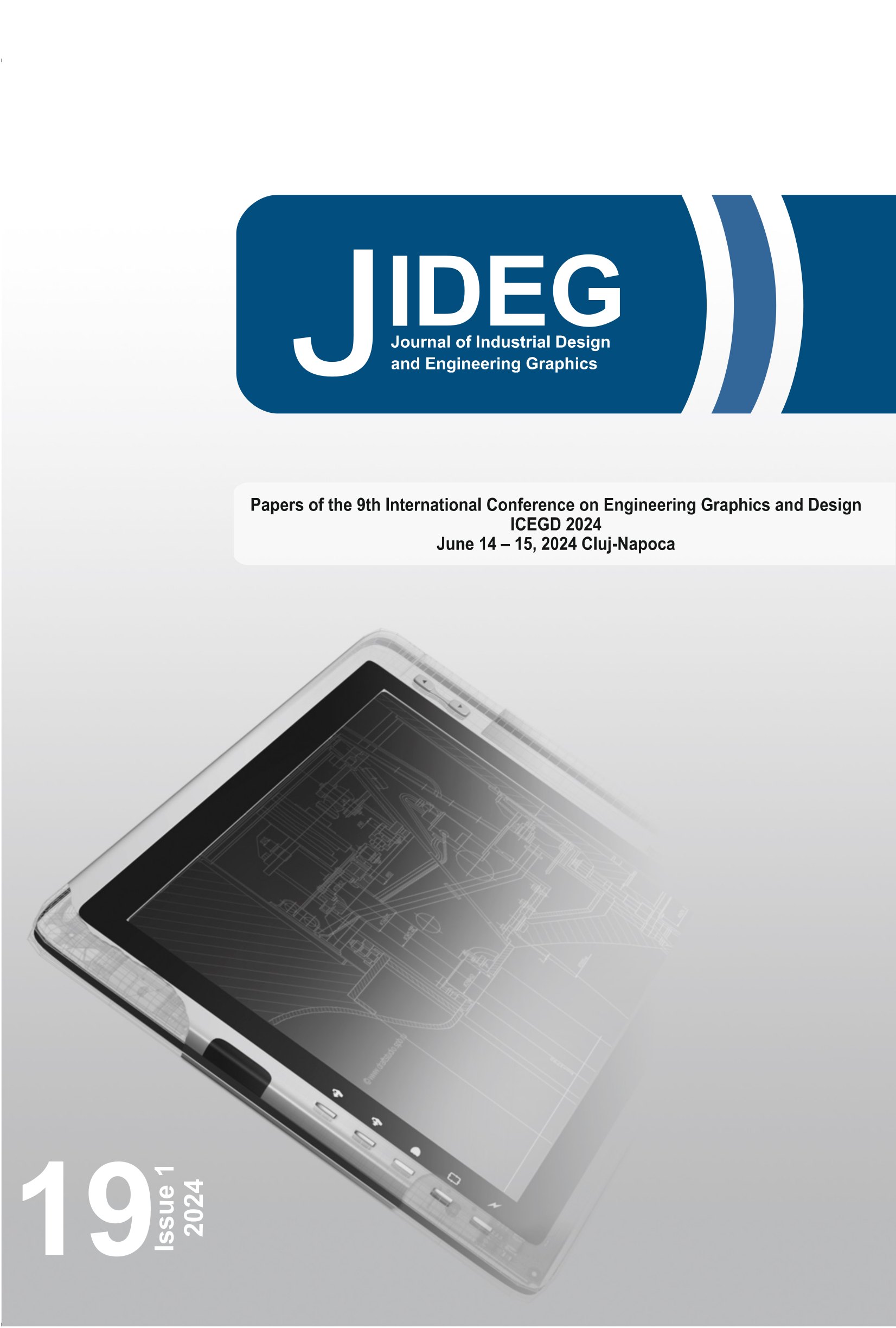ELECTRIC VEHICLE BATTERY PACK UNDERBODY SHIELD DESIGN AND OPTIMIZATION: A STUDY ON DACIA SPRING
Keywords:
Electric vehicle, lithium-ion battery, topography optimization, underbody shieldAbstract
The increasing popularity of low-cost electric vehicles (EV) is driven by their affordability compared to conventional gasoline-powered cars, making them an attractive option for many citizens. Growing awareness and concern about environmental issues, such as air pollution and climate change, have played a major role in the rising demand for low-cost electric vehicles as an eco-friendly transportation solution. In addition, government incentives and tax credits are making electric vehicles accessible to a large number of consumers. With EV`s popularity, their power sources, in case of mechanical impact, can explode or catch fire, posing a potential safety risk. However, advances in battery technology and safety measures have greatly minimised these risks. Manufacturers have implemented various safety precautions, such as reinforced enclosures and thermal management systems, to prevent such incidents. In addition, strict regulations and standards have been introduced to ensure the safe production and use of electric vehicle batteries. In this article, we will discuss an underbody protection shield for batteries that has been developed and optimised to provide additional protection for a Dacia SPRING battery pack. The underbody shield has been developed to provide additional protection to the battery, reducing the risk of damage from debris or impact.
Downloads
References
T. Lin, “Electric Vehicle Safety Issues and the
Solutions,” Highlights in Science, Engineering and
Technology, vol. 46, pp. 91–96, Apr. 2023, doi:
54097/hset.v46i.7684.
G. Belingardi and A. Scattina, “Battery Pack and
Underbody: Integration in the Structure Design for
Battery Electric Vehicles—Challenges and
Solutions,” Vehicles, vol. 5, no. 2, pp. 498–514, Apr.
, doi: 10.3390/vehicles5020028.
H.-J. Um, Y.-T. Hwang, I.-J. Bae, and H.-S. Kim,
“Design and manufacture of thermoplastic carbon
fiber/polyethylene terephthalate composites
underbody shield to protect the lithium-ion batteries
for electric mobility from ground impact,” Compos B
Eng, vol. 238, p. 109892, Jun. 2022, doi:
1016/j.compositesb.2022.109892.
G. Belingardi and A. Scattina, “Battery Pack and
Underbody: Integration in the Structure Design for
Battery Electric Vehicles—Challenges and
Solutions,” Vehicles, vol. 5, no. 2, pp. 498–514, Apr.
, doi: 10.3390/vehicles5020028.
Gabriel Dogaru, “Documente finale in cazul Daciei
Spring incendiate.”
https://www.profit.ro/tags/dacia%20spring%20
incendiu
Accessed: 2024-03-12.
H.-J. Um, Y.-T. Hwang, I.-J. Bae, and H.-S. Kim,
“Design and manufacture of thermoplastic carbon
fiber/polyethylene terephthalate composites
underbody shield to protect the lithium-ion batteries
for electric mobility from ground impact,” Compos B
Eng, vol. 238, p. 109892, Jun. 2022, doi:
1016/j.compositesb.2022.109892.
L. Shui, F. Chen, A. Garg, X. Peng, N. Bao, and J.
Zhang, “Design optimization of battery pack
enclosure for electric vehicle,” Structural and
Multidisciplinary Optimization, vol. 58, no. 1, pp.
–347, Jul. 2018, doi: 10.1007/s00158-018-1901-
y.
Liviu Iacob SCURTU and Iulian LUPEA, “Frontal
crash simulation of a chassis frame,” ACTA
TECHNICA NAPOCENSIS Series: Applied
Mathematics, Mechanics, and Engineering, vol. 57,
no. 3, pp. 411–414, 2014.
Iacob-Liviu SCURTU, Sanda Mariana BODEA, and
Ancuta Nadia JURCO, “Design optimization method
used in mechanical engineering,” JOURNAL OF
INDUSTRIAL DESIGN AND ENGINEERING
GRAPHICS, vol. 11, no. 2, pp. 13–17, 2016.
L. Morello, L. R. Rossini, G. Pia, and A. Tonoli, The
Automotive Body. Dordrecht: Springer Netherlands,
doi: 10.1007/978-94-007-0513-5.
Downloads
Published
Issue
Section
License

This work is licensed under a Creative Commons Attribution-NonCommercial 4.0 International License.







